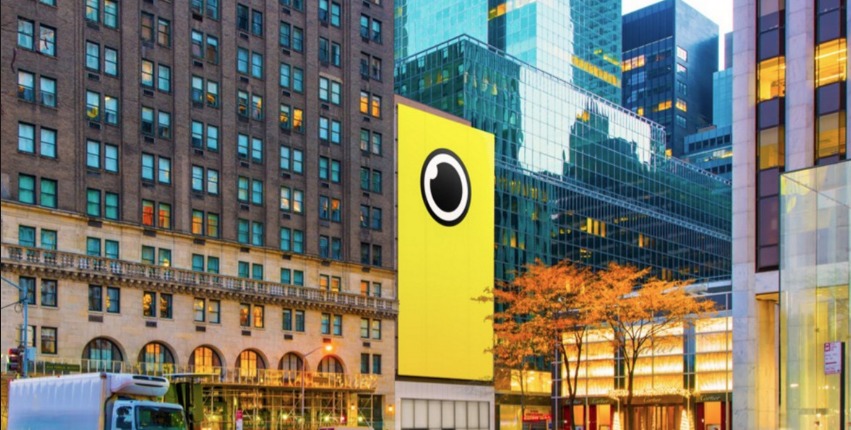Here’s how brick-and-mortars can take advantage of that organic behavior.
72 percent of Snapchat users send snaps while shopping, and 60 percent send snaps of items they’ve just purchased, said Claire Valoti, UK general manager for Snap Inc., in a keynote at Retail Week Live — statistics indicative of the platform’s potential for brick-and-mortar retailers.
As these users send images on to their friends, the brands featured receive not just exposure but implicit endorsement — something that’s quite powerful when it comes to activating the audiences of Gen-Zers and Millennials on the platform. But while organic content shares are always desirable, how can brands leverage the existing behavior of Snapchat users while shopping to drive more store visits and sales?
Snapchat On Location
Most brands aren’t new to the idea that their users are flocking to platforms like Snapchat and Instagram, and thus it is critical to be present there. But first, to address the elephant in the room: Is Snapchat losing users due to Instagram Stories’ not-so-subtle adoption of Snapchat-like features?
Snap Inc. declined to comment on Instagram Stories or its revenue prospects following the keynote. But Valoti did point out the ways in which Snapchat is attempting to differentiate itself.
“We are a camera company, not a social media company — we open to the camera, and there’s a reason for that,” Valoti said. “Human beings like to express themselves, and on Snapchat, they start in a mode of self-expression — not consumption.”
In any case, here’s what we do know: 60 percent of Snapchatters do create content every day, for a total of one billion daily snaps. And secondly, in the wake of its very public IPO, the company has made moves to expand and reposition some of its ad products. Current options available for marketers include Snap Ads, branded lenses (which allow users to change their voice or appearance with, say, a digital L’Oreal makeup application), and branded geofilters.
So, how can marketers use these tools to take advantage of the way in which Snapchatters communicate with their friends while in a retail environment?
Here’s an example: As we wrote earlier this month, some retailers have found success in creating a custom, branded geofilter to be used as part of a social media contest. Let’s say a retail chain decides to run a campaign in which customers hashtag their social posts for a chance to win gift cards or other prizes. Instead of allowing participants to post any related photo, the brand could require that customers share a photo overlaid with the custom geofilter in order to enter.
Why? Because the geofilter would only be available at the business locations themselves during a specified period of time, this would guarantee that customers would have to come in and shop at the time of the campaign in order to take the required photo. And because shoppers are already using Snapchat during their shopping journey, this application feels organic, rather than forced. Essentially, it’s a 21st century version of the “make a purchase during the month of March for a chance to win” idea.
Another idea that some marketers are already catching on to? Using geofilters and lenses during a real-time event. For example, if a retailer is running a pop-up shop for a limited time, creating a geofilter for the pop-up location can be a way to spread the word — and drive foot traffic to the event. If a shopper shares a fun image with a geofilter on Snapchat that also contains information (e.g. “Rita’s Vintage pop-up shop — today only!”), this amplifies the reach of the message.
Essentially, the key for marketers is to leverage the location-specific component of geofilters and lenses as one element of an event or campaign to drive foot traffic to the desired areas. And, as a bonus, every customer’s followers will then be able to take in the action on social media.
And, while Snapchat is often viewed as a platform that is the province of Millennials and younger, and a full 43 percent of its users — at least in the UK — are parents. This means that retailers who might not have thought about using branded geofilters or lenses — a maternity clothing retailer, for example — might do well to look into the technology.
“Across the board, retailers are starting to recognize this behavior and bring Snapchat into that shopping journey,” Valoti said. “We’re seeing more and more retailers geofencing their stores so customers can frame that moment while [they’re shopping].”

